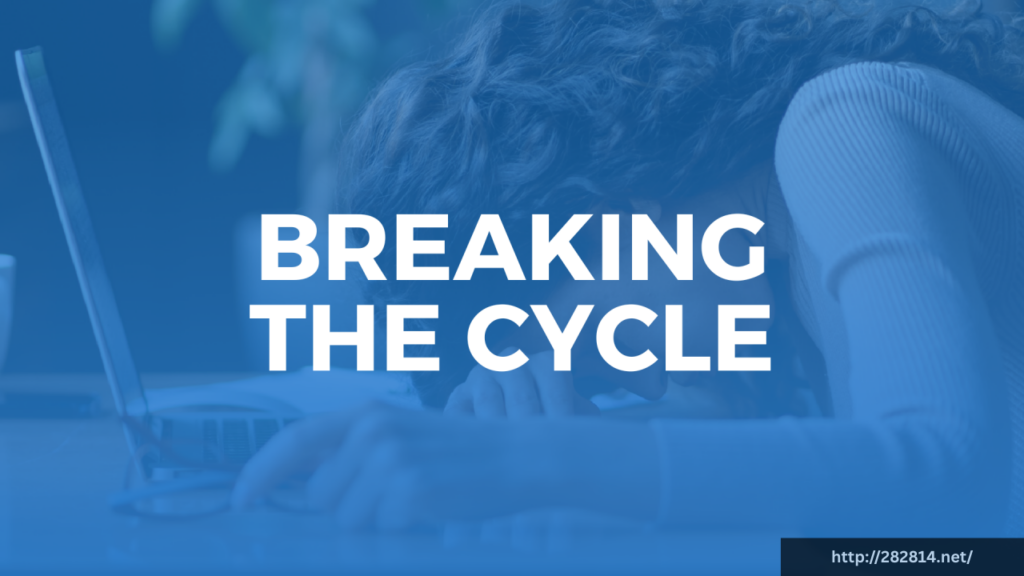
In a world that often prioritizes hustle over health, it’s easy to overlook the foundational elements that contribute to a truly fulfilling life. Smart living isn’t just about productivity or achievement—it’s about nourishing your body, mind, and soul in a balanced and intentional way. By embracing a holistic approach that focuses on food, fitness, and fulfillment, you can create a lifestyle that supports long-term health, happiness, and personal growth.
Nourishing with Food
Food is more than fuel—it’s a cornerstone of well-being. A balanced, nutritious diet provides the energy and nutrients your body needs to function at its best. Eating whole, minimally processed foods such as fruits, vegetables, lean proteins, whole grains, and healthy fats can enhance your physical health, improve mood, and increase mental clarity.
Mindful eating is also a key aspect of smart living. This means being present during meals, savoring flavors, and recognizing your body’s hunger and fullness cues. It encourages a healthy relationship with food, helping you avoid overeating, emotional eating, or restrictive dieting. Planning meals and staying hydrated are simple yet powerful steps toward supporting overall wellness.
Staying Active with Fitness
Regular physical activity is essential for both physical and mental health. It strengthens your heart, improves circulation, builds muscle, and enhances flexibility. Beyond the physical benefits, exercise releases endorphins—natural chemicals that reduce stress and elevate mood.
You don’t need to commit to an intense workout regimen to stay fit. The key is consistency and enjoyment. Whether it’s walking, yoga, swimming, dancing, or cycling, find activities that you love and make them part of your routine. Even small bouts of movement throughout the day can improve energy levels and reduce the risks associated with a sedentary lifestyle.
Incorporating fitness into daily life also fosters discipline, resilience, and self-confidence, all of which contribute to a greater sense of personal fulfillment.
Finding Fulfillment
True fulfillment comes from aligning your actions with your values and finding meaning in your everyday life. While good nutrition and regular exercise lay the groundwork, emotional and spiritual well-being are equally important.
To cultivate fulfillment, engage in activities that bring you joy and purpose. This might include spending quality time with loved ones, pursuing hobbies, volunteering, or practicing gratitude and mindfulness. Setting goals that reflect your passions and strengths can also provide direction and a sense of accomplishment.
Mental and emotional self-care practices, such as journaling, therapy, or meditation, help you process emotions and build resilience. When your mind is at peace and your heart is full, you’re better equipped to navigate life’s challenges with grace and clarity.
Conclusion
Food, fitness, and fulfillment are deeply interconnected pillars of smart living. When approached holistically, they empower you to live a vibrant, purposeful life. By nourishing your body, staying physically active, and seeking meaningful experiences, you can achieve a state of balance that supports long-term well-being. Embrace this integrated approach, and you’ll find that a smarter, healthier, and more fulfilling life is well within your reach.

